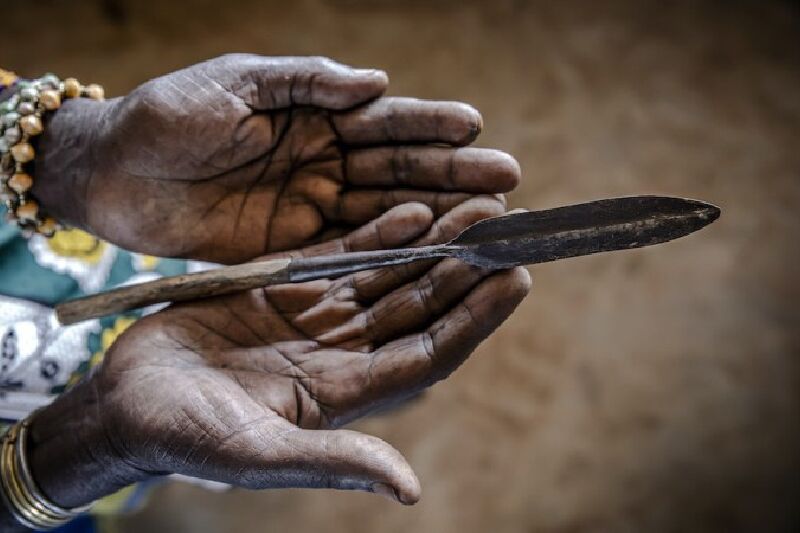
female genital mutilation fgm doesnt make one healthy clean or marriageable the abhorrent practice must stop
Last updated on February 7th, 2024 at 05:10 am
Some 4.4 million girls are at risk of female genital mutilation (FGM) this year, the UN Secretary-General said in his message to mark the International Day of Zero Tolerance for Female Genital Mutilation, observed annually on February 6.
The UN estimates that 200 million women and girls globally have been subjected to some form of FGM. In his message, Antonio Guterres appealed for action to stamp out this “egregious violation of fundamental human rights” and give greater voice to survivors.
He stressed the need for greater investments to achieve elimination by 2030, calling for decisive action to fight the social, economic and political norms that perpetuate gender discrimination, limit women and girls’ participation and leadership, and restrict access to education.
Tackling factors driving female genital mutilation
FGM involves the removal of or injury to female genitalia for non-medical reasons. Several factors continue to drive the practice, including social acceptance, religion, misconceptions about hygiene, preserving one’s virginity and enhancing male sexual pleasure.
In some cultures, it is regarded as a pre-requisite for marriage. Practicing communities believe that vaginas need to be cut and that women who have not undergone the procedure are unhealthy, unclean or unworthy, according to a BBC report.
Since 2008, the UN’s sexual and reproductive health agency, UNFPA, together with the UN Children’s Fund, UNICEF, have spearheaded the largest global programme to back FGM removal, and a recent campaign in Yemen’s Hadramout reached over 400 in 8 days.
Breaking the FGM cycle in Yemen
On February 5, the UN News covered a story on Safia (not a real name) from a remote village in Hadramout. The young woman got married at 21 and fell pregnant a year later. But she lost her daughter to the brutal practice just days after she gave birth.
“Her death not only killed my joy of being a mother, but killed me a thousand times over,” Safia said. UNFPA said nearly 20% of women and girls in Yemen aged 15 to 49 were FGM survivors in 2013. Hadramout governorate alone had a prevalence rate of 80% that year.
But Safia is now fighting back. She again fell pregnant with a girl and decided to act. Safia, her husband and his mother visited a UNFPA-supported youth-friendly service centre, listening for hours about the consequences of FGM. “We became aware of how harmful it is.”




